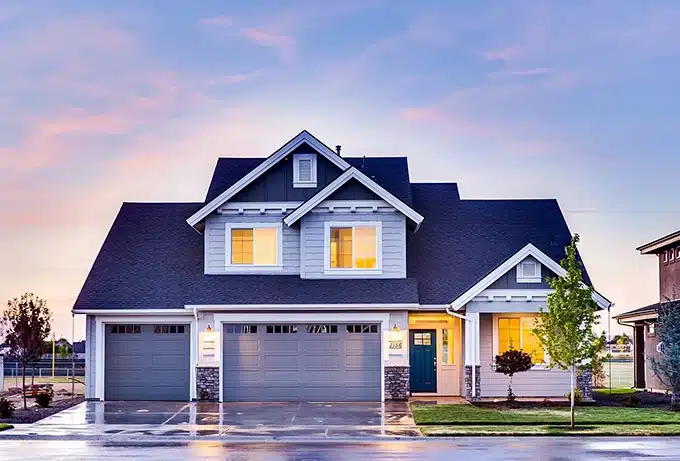words Al Woods
The housing market has been hit with serious turbulence in recent years, such as the coronavirus pandemic, conflict around the world, and lightning-fast technological developments.
Whether you’re managing rentals in Colorado Springs or still looking for your first property investment, keeping up with the latest trends is essential to success. Here are five of the most important housing market trends to watch out for this year and beyond:

1. Virtual Viewings and Other Real Estate Technology
The pandemic has forced buyers, sellers, and renters to get comfortable with digital tools for every stage of the transaction process. From 3D walkthroughs to digital signatures, the real estate industry has had to adapt quickly to the new normal of social distancing.
However, it’s a mistake to think this is a passing development. The new generation of renters and home buyers – those in their 20s and 30s – grew up with the internet. For them, doing everything online is the norm, not the exception.
What does this mean for you? If you’re selling or renting properties, you need to be prepared to market them online. This includes virtual walkthroughs, listings in apps and online marketplaces, and starting to use digital tools like electronic contracts, signatures, and payments.
Meanwhile, if you’re a property manager, get ready to use digital tools to streamline the rental process for your tenants. For example, you might want to start using an online platform that allows tenants to submit maintenance requests, pay rent, and renew their lease – all without having to come into the office.
2. The Rise of Co-Living and Other Alternative Living Arrangements
The traditional model of renting an apartment – signing a lease, living alone or with roommates – is no longer the only option for today’s renters. In recent years, we’ve seen the rise of co-living spaces, where renters share communal living areas and often rent by the bedroom instead of by the apartment.
Co-living spaces are popular with millennials and Gen Z-ers who value community and flexibility. They’re also a good option for people who move frequently for work or other reasons.
That’s why it’s worth considering whether co-living could be a good fit for your properties. For example, you could convert larger units into smaller bedrooms with shared kitchen and living areas. Or you could build or invest in purpose-built co-living developments.
Of course, not everyone is interested in living in a co-living space. But the rise of alternative living arrangements is worth paying attention to, as it shows that today’s renters are looking for more than just a traditional apartment.
3. The Growing Importance of Sustainability
Sustainability is no longer just a buzzword. It’s now a major trend that’s reshaping the housing market. More and more home buyers and renters are looking for sustainable features in the properties they purchase or rent.
Therefore, start paying attention to green features that could make your properties more attractive to sustainable-minded buyers and renters. For example, you might want to install solar panels, energy-efficient appliances, or water-saving fixtures.
You could also consider building or investing in green buildings, which are designed to be environmentally friendly from the ground up. Green buildings often have features like green roofs, rainwater harvesting systems, and more.
4. The Popularity of Smart Homes
Smart homes – homes with internet-connected devices – is now a part of many people’s everyday lives. And they’re only going to become more common in the future.
Most people now own at least one smart device, like a smartphone, laptop, or tablet. And many people have multiple devices. In fact, there are now more internet-connected devices than there are humans on the planet.
This is a tremendous opportunity for the housing market, and there are easy ways to take advantage of it. For example, you could install smart thermostats, security systems, and lighting in your properties. Or you could offer tenants the option to sign up for a smart home package that includes all of these things.
5. The Evolution of the Gig Economy
Housing market trends are also impacted by larger economic trends. And one of the biggest economic trends of the past few years has been the rise of the gig economy.
The gig economy involves short-term contracts or freelance work, as opposed to traditional full-time jobs. In turn, it has led to more people working from home, as they can often do their work remotely.
Of course, the gig economy is not just about working from home. It’s also about the rise of the gig worker – someone who works multiple short-term jobs, often in different fields.
Combined, these developments lead to unique opportunities. For example, you could build or invest in co-working spaces, which are shared office spaces that are popular with gig workers. You could also start offering more flexible lease terms to accommodate tenants who are looking for that kind of set-up.
Conclusion
These are just a few of the most important housing market trends to keep an eye on. By understanding these trends, you can make smart decisions about your properties and investments, as well as stay competitive in the ever-changing world of real estate.




